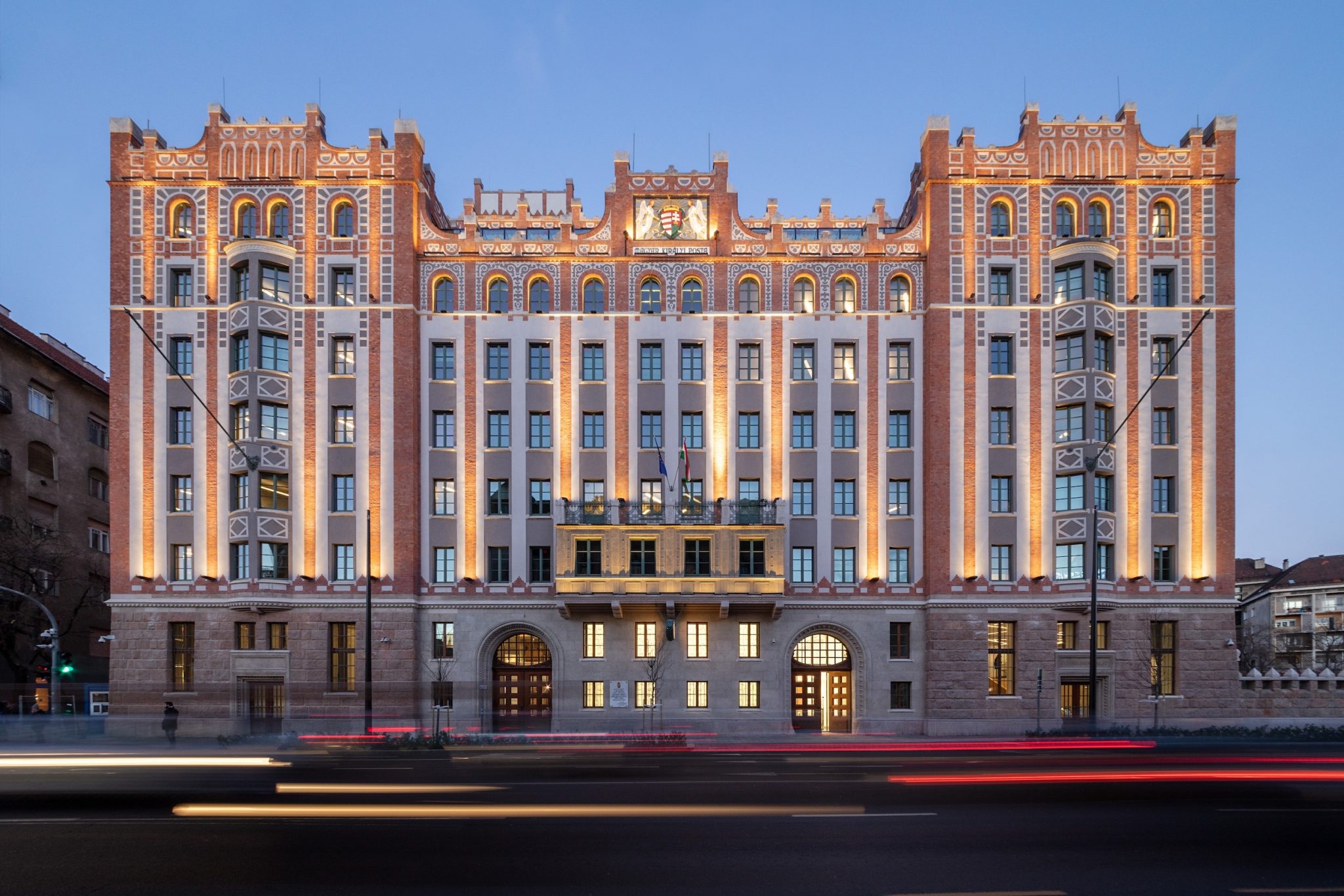
This article was originally published on our sister-site Ungarn Heute.
The unique permanent exhibition of the Money Museum is a curiosity not only in Hungary, but also in Europe. The exhibition is based on interactivity and individual experience.
A cheerful crowd of children eagerly awaits admission to the former Postal Palace in Budapest, which has housed the Money Museum since March 2022. Since December, the unmissable building in eclectic style has been enriched by a spectacular sculpture, which has been chosen as the landmark of the much-visited institution. The Golden Stag by the distinguished sculptor Gábor Miklós Szőke will “accompany” students through the permanent exhibition. According to the ancient legend, the majestic animal prompts Hungarians to embark on a long wandering journey to find a new home. The museum’s stated goal is for visitors to find their way through a “wealth of experiences and adventures” in the world of money, which holds many dead ends and sometimes even labyrinths.
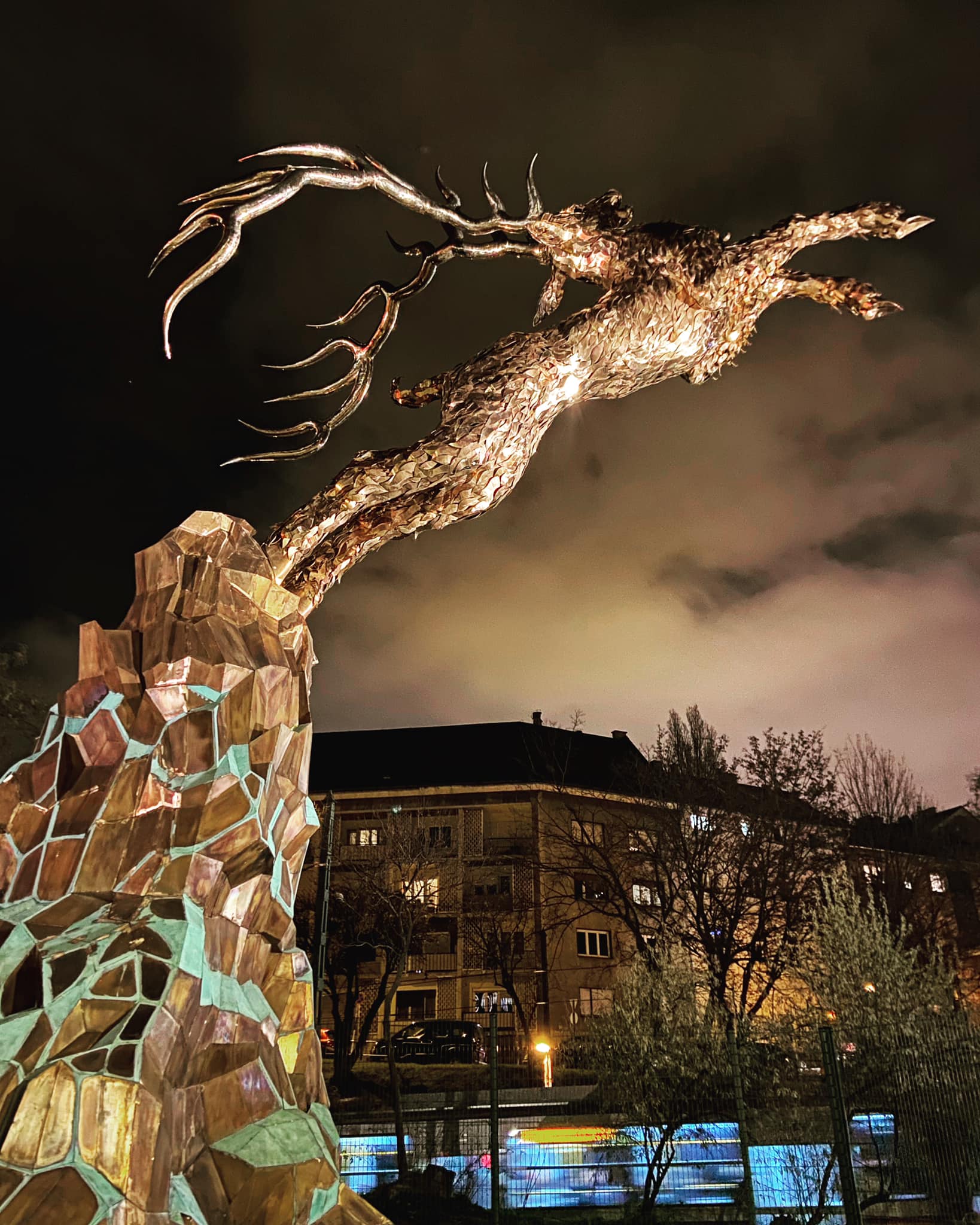
To keep you safer on the road than the fabled Hungarians, a modern thread of Ariadne, a light trail, points the way where young and adult visitors can discover new “nodes” in the history of money. They should experience the greater thrill within the museum walls, not in their own real lives. Dealing with money must be learned: the insight of György Matolcsi, Governor of the National Bank of Hungary, was the inspiration for the museum’s creation. Financial awareness is to be imparted at school age, because “you cannot teach an old dog new tricks,” therefore the main addressees are young people between 10 and 18 years of age. Accordingly, the interest of schools and families from home and abroad (62,000 visitors so far) in the new museum, which impresses with its convenient location (not far from the South Railway Station and a stone’s throw from the subway station where tourists get off to visit the castle), is great.
Our goal is to prove that money works in a way that everyone can understand. We believe that learning how to handle money can enrich our society both literally and figuratively,
the institution’s sponsors explain.

With a sophisticated mix of state-of-the-art, interactive presentation technology and direct sensory perception, the permanent exhibition, which extends over three floors, leaves nothing to be desired by visitors.
The trilingual (English, Chinese, and Hungarian) permanent exhibition takes account of the unbroken fascination with gold. Even though nowadays digital money has begun its triumphant march, the precious metal is still the epitome of money.
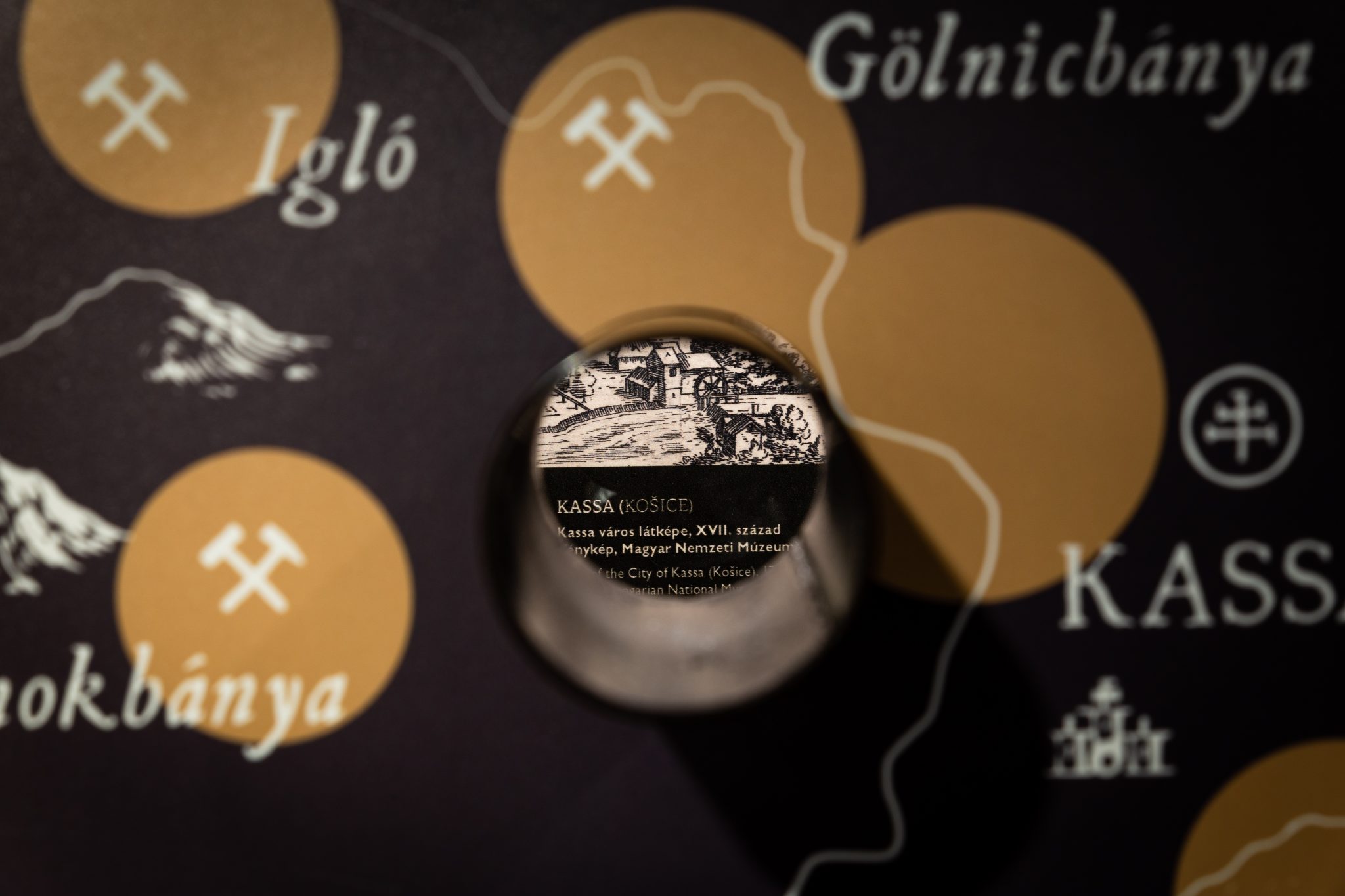
Students first go to the reception room to see a composition entitled Gold Train, which is meant to symbolize the dynamics of money, then head downstairs to the “Gold Mine” where they not only deposit their school bags in lockers, but can also trace the history of Hungarian gold mining through tools and interactive panels. Magnetic cards are handed out, with the help of which the children can collect the virtual thalers acquired during the digital educational games.
After leaving the gold mine, guests reach the first nodal point, which illustrates the role of money as a measure of value. Here, visitors can experience firsthand the difficult situations that would arise if currency were not present in our daily lives.
The second nodal point explores the function of money as a means of circulation, focusing on the form of money and the relationship between form and practical use.
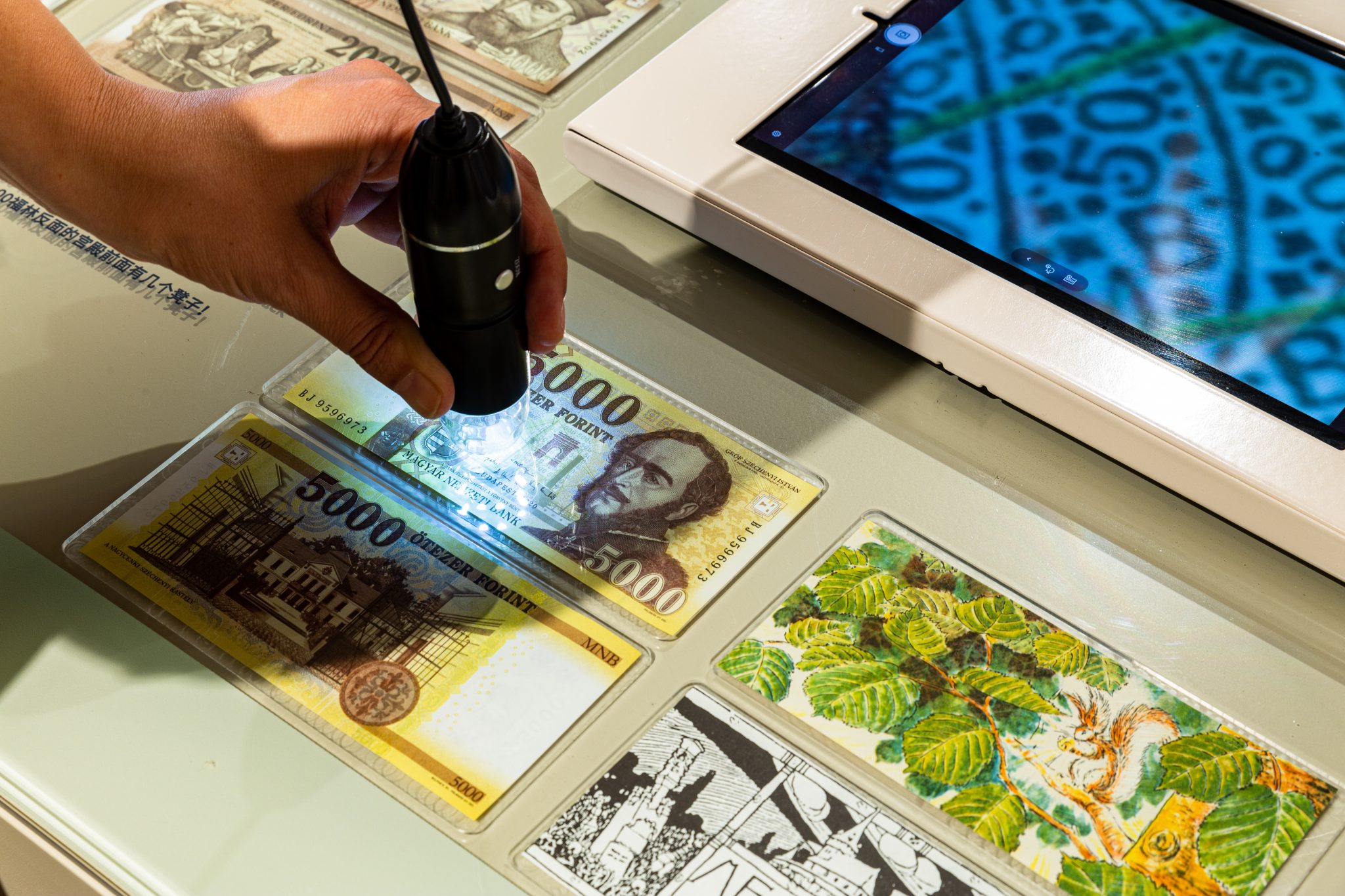
The third nodal point looks at money as a means of payment. What would happen if there were no banks? Museum visitors can answer this question based on their personal experiences.

The fourth nodal point focuses on the origins and functioning of world currencies and the role these currencies play in managing and sustaining the global economy.

The fifth node looks at the value-creating function of money, but also shows that in addition to material treasures, spiritual treasures are of equal or greater importance to society.

The long journey from the barter economy to cryptocurrency surprisingly closes with tangible gold again, this time in the form of a real gold bar that stunned students can touch. And because Hungarians like to use cash, young and old alike get to design and print out their own banknote at the end of the course.
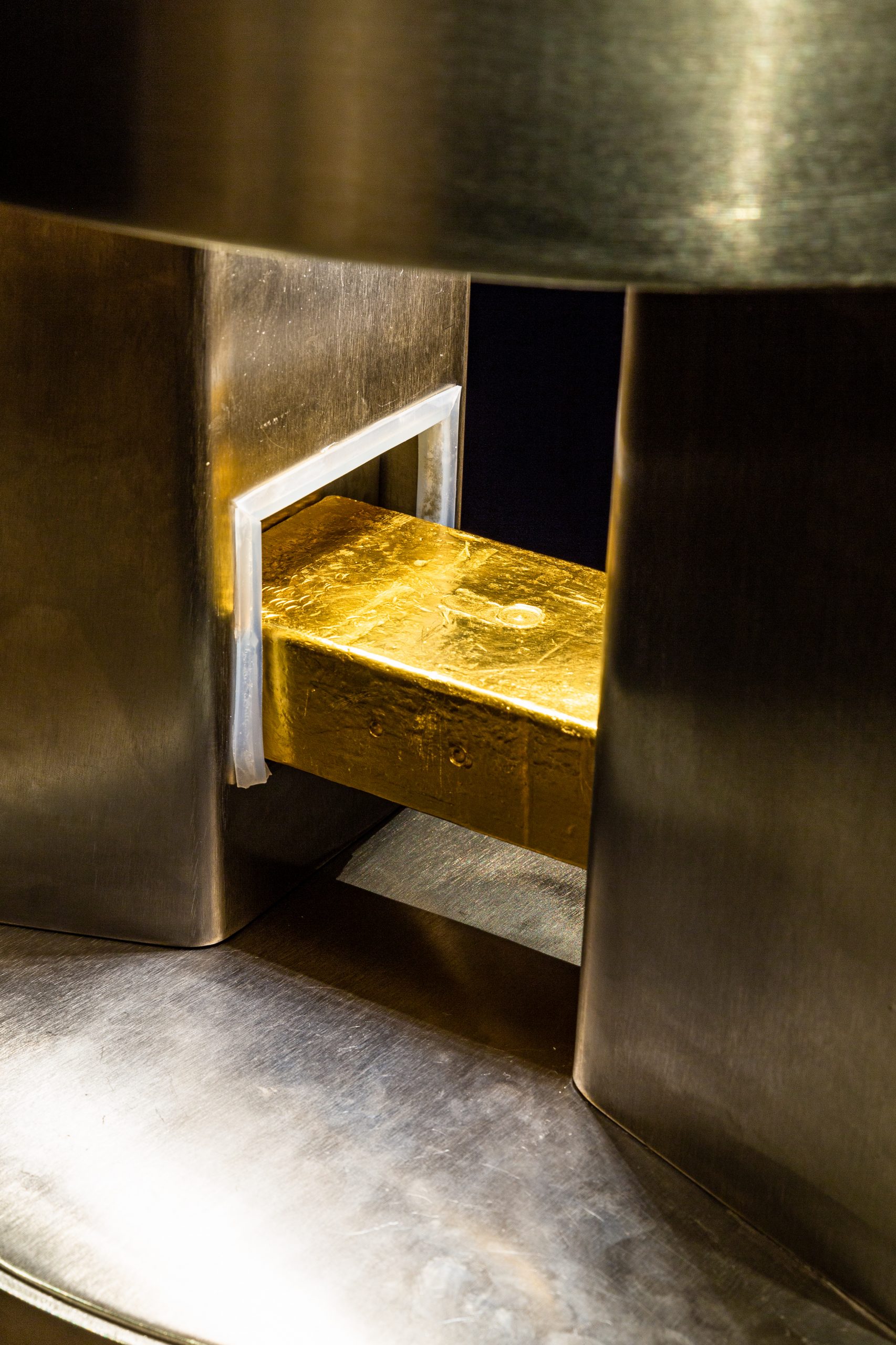
In the afternoon, adult visitors can take their time to admire the National Bank’s special artifacts, for example. The numismatic collection includes many historically important coins, paper money, and unique rarities. Among others, gold florins from the time of kings from different dynasties, ducats of the Habsburgs, various thalers, and preserved artifacts from the War of Independence of Prince Francis II Rákóczi and the Revolution of 1848/49 can be seen. Transylvania, which was an independent part of the country during the Ottoman period, has a very rich and valuable coin collection. The most extraordinary pieces of this collection are the gold coin of Moses Székely and the silver plate of George II Rákóczi.

We lost sight of the younger students at the end of the museum visit. In the “Gold Mine,” focused high school students listen to the explanations of a pedagogical employee of the institution. “Coziness stops when it comes to money!” (“Gemütlichkeit hört in Geldsachen auf!”), this saying of the Prussian MP David Hansemann obviously does not apply here. The young people feel by all appearances comfortable in the museum on Krisztina Boulevard and look forward to a varied journey in the world of money.
Featured photos via the Money Museum and Facebook